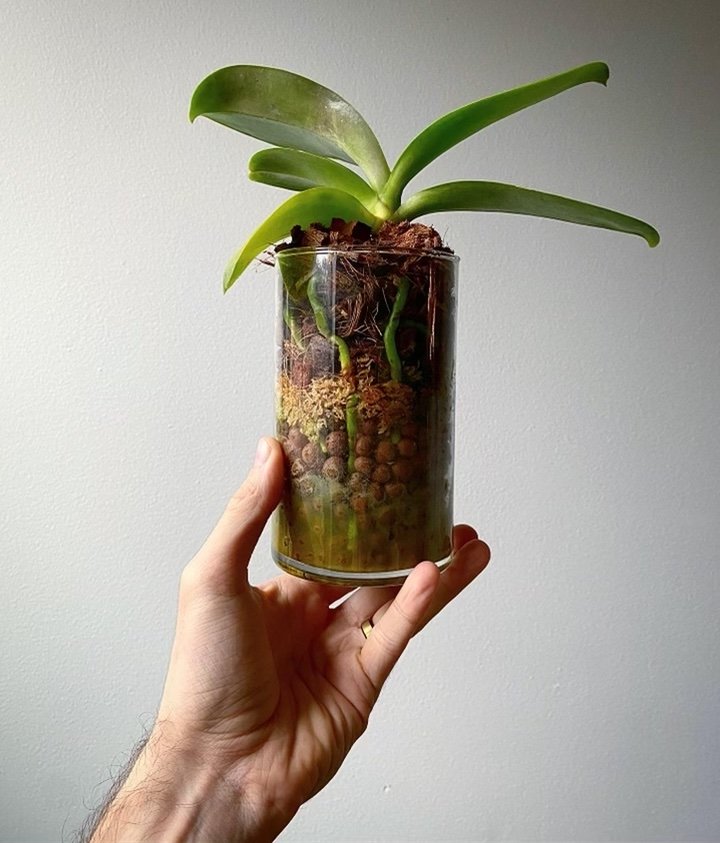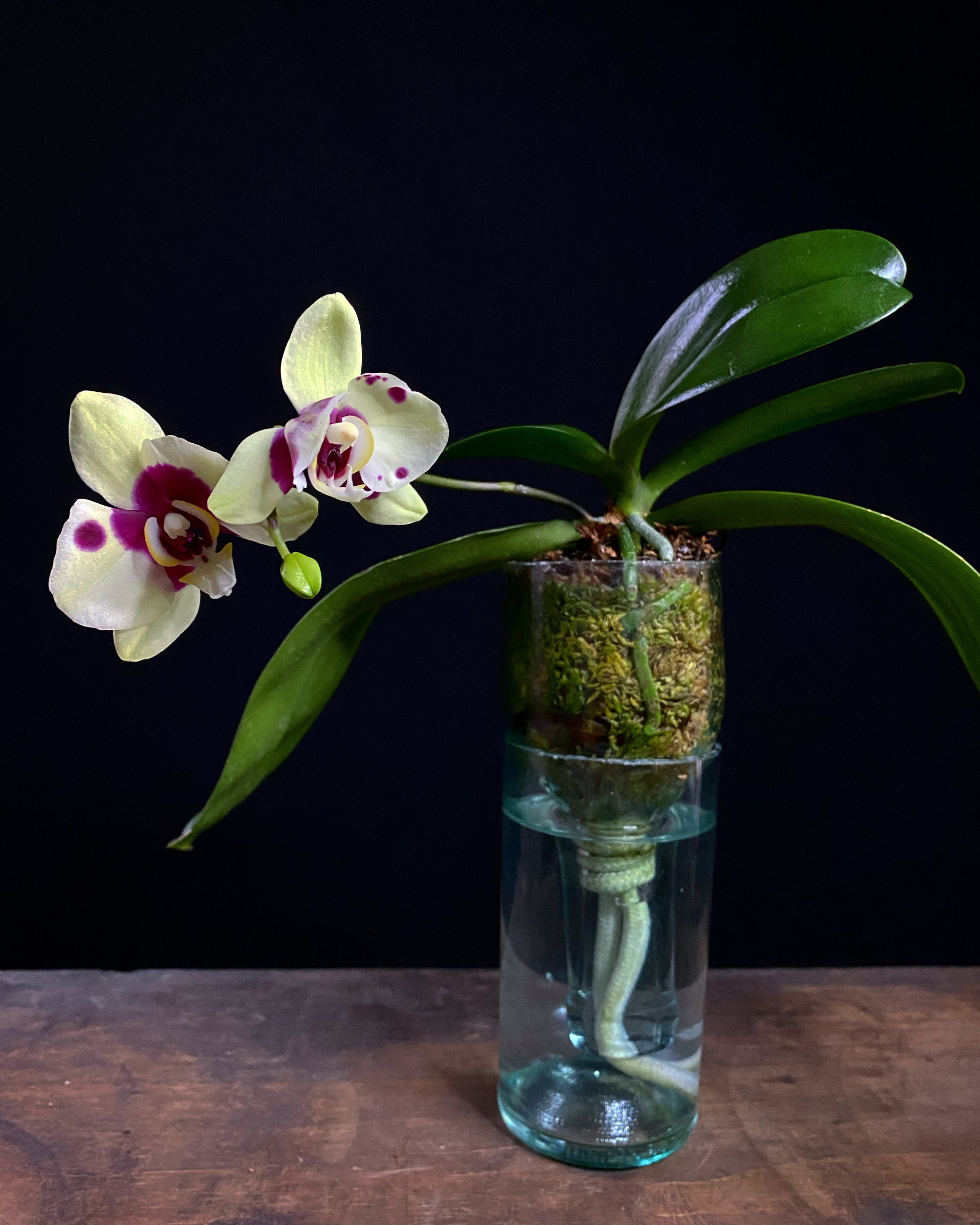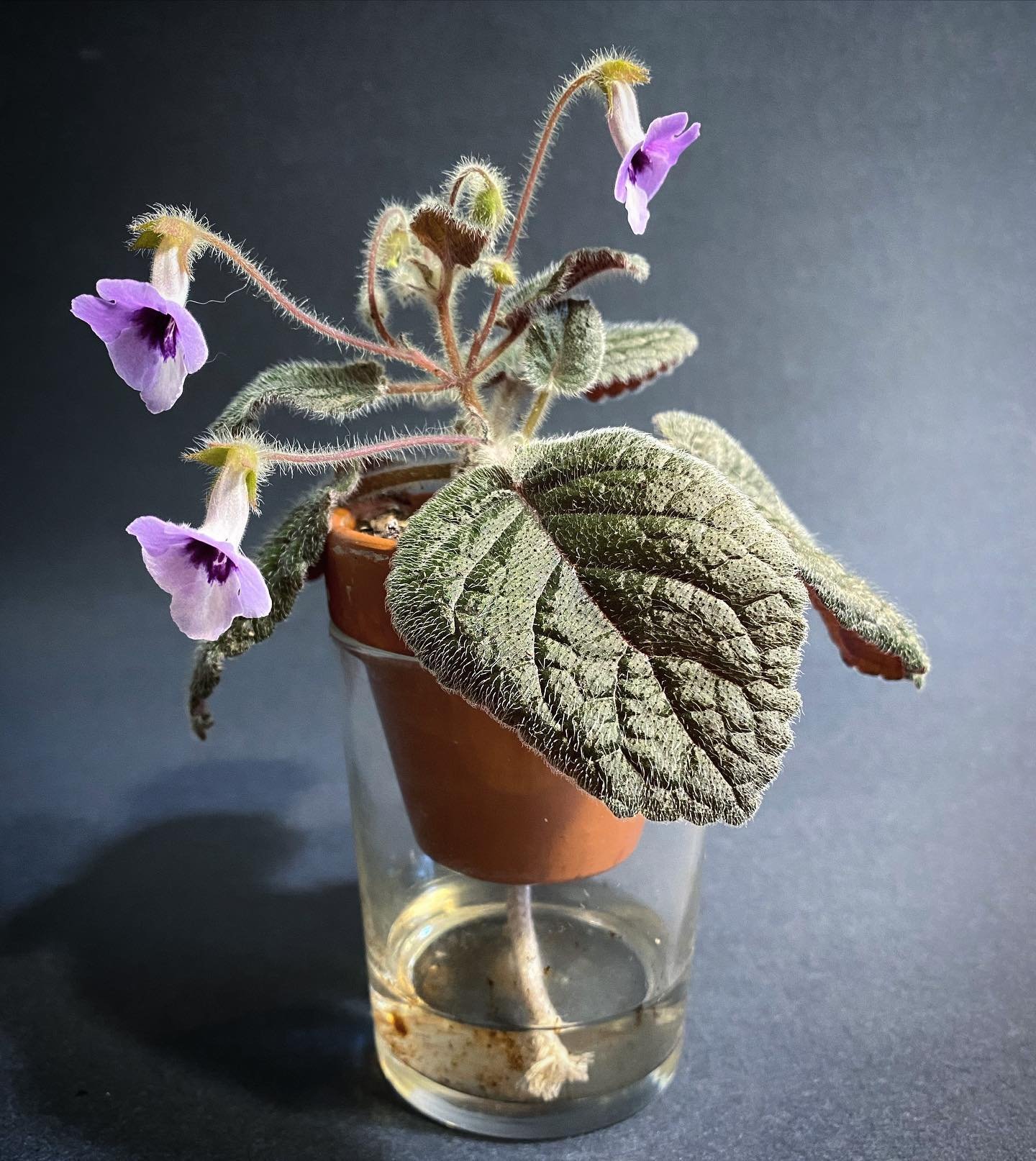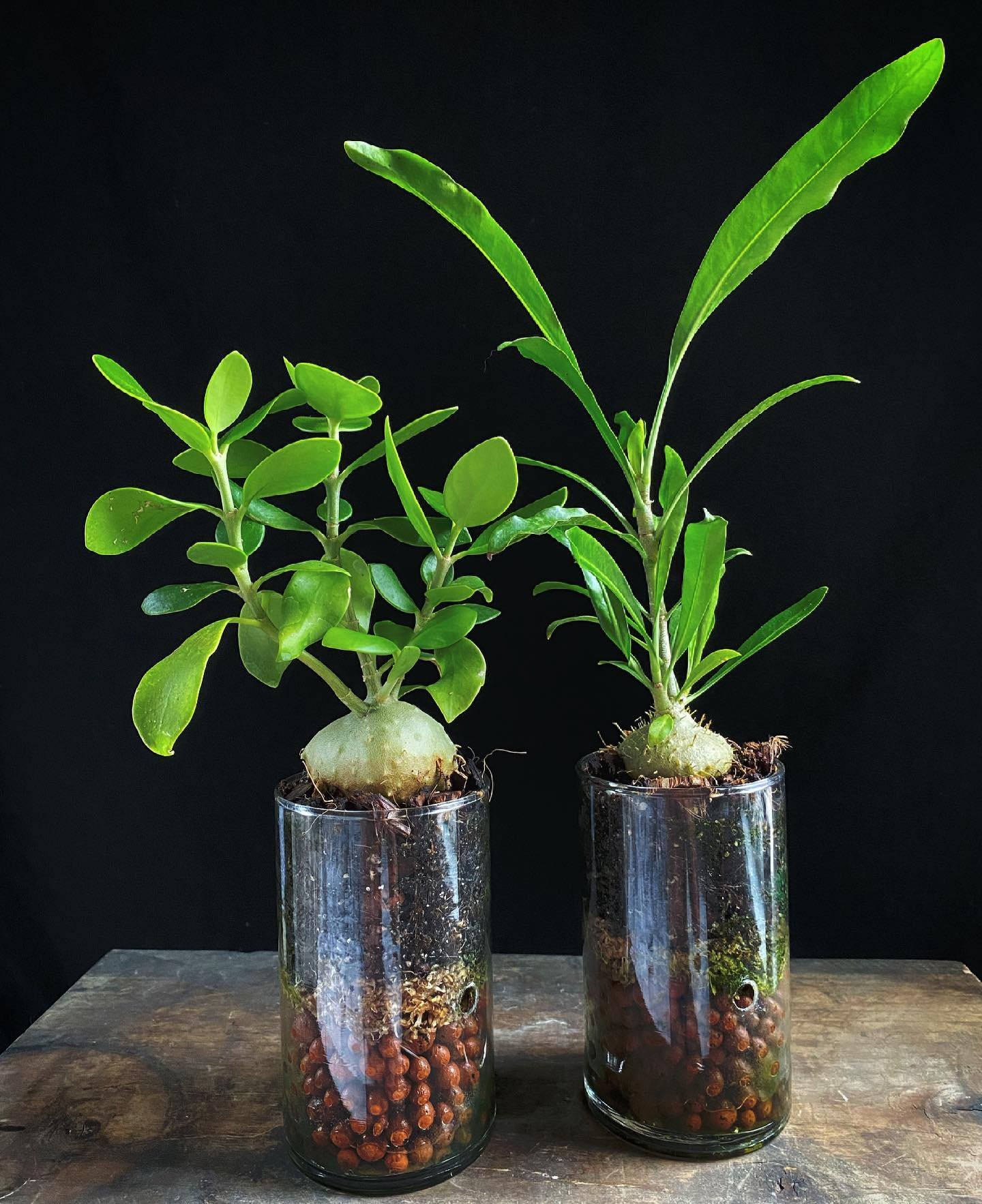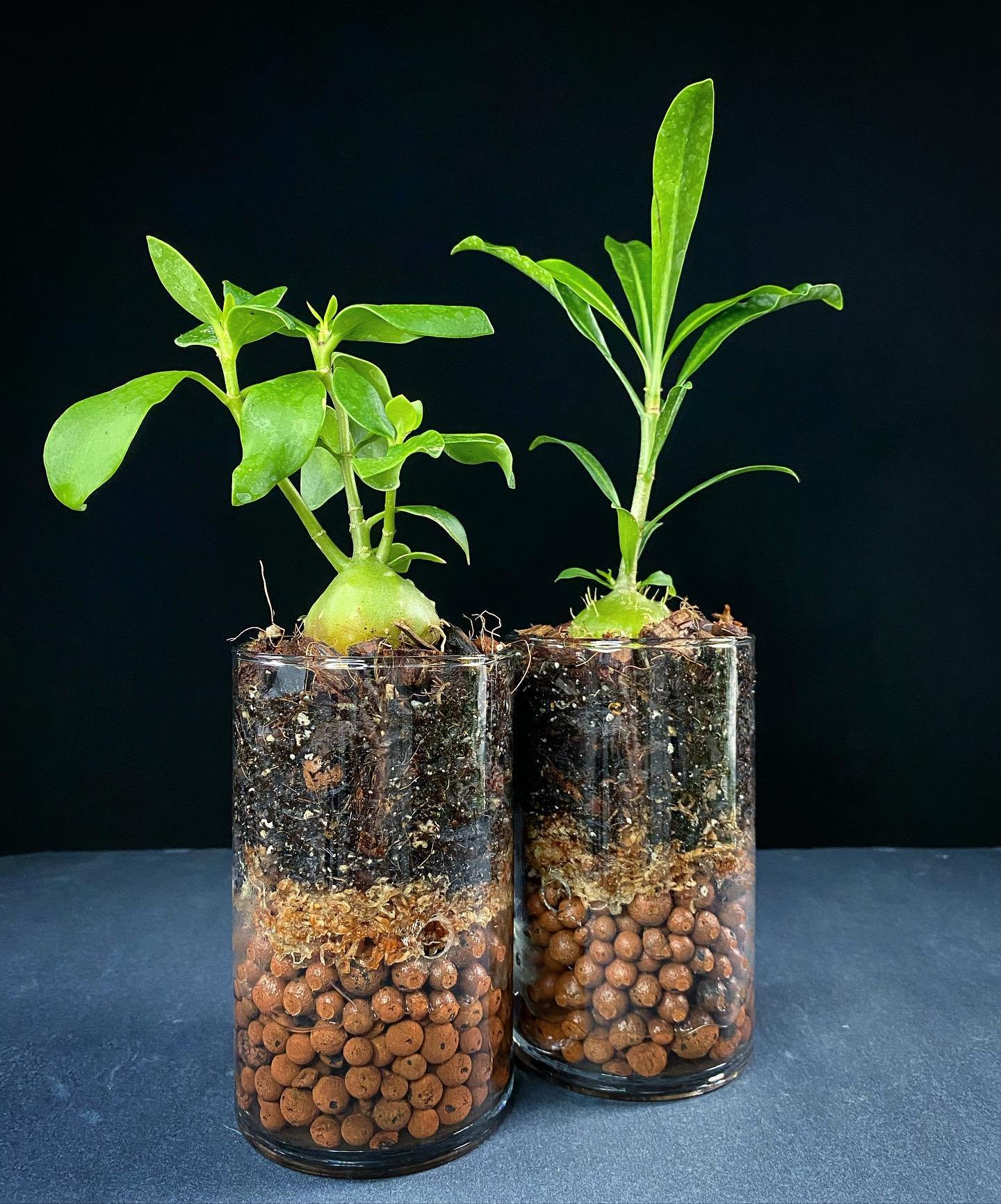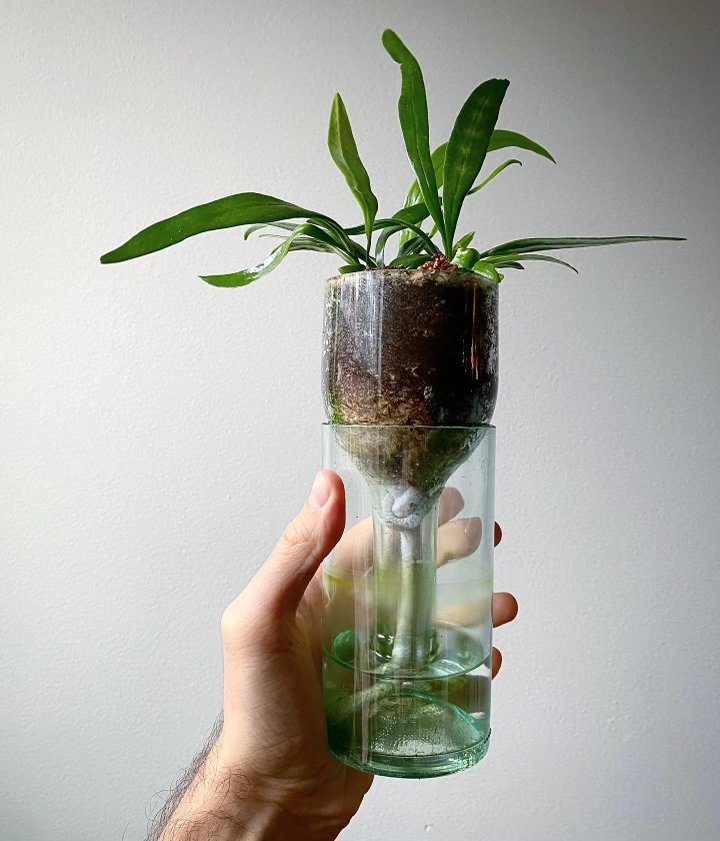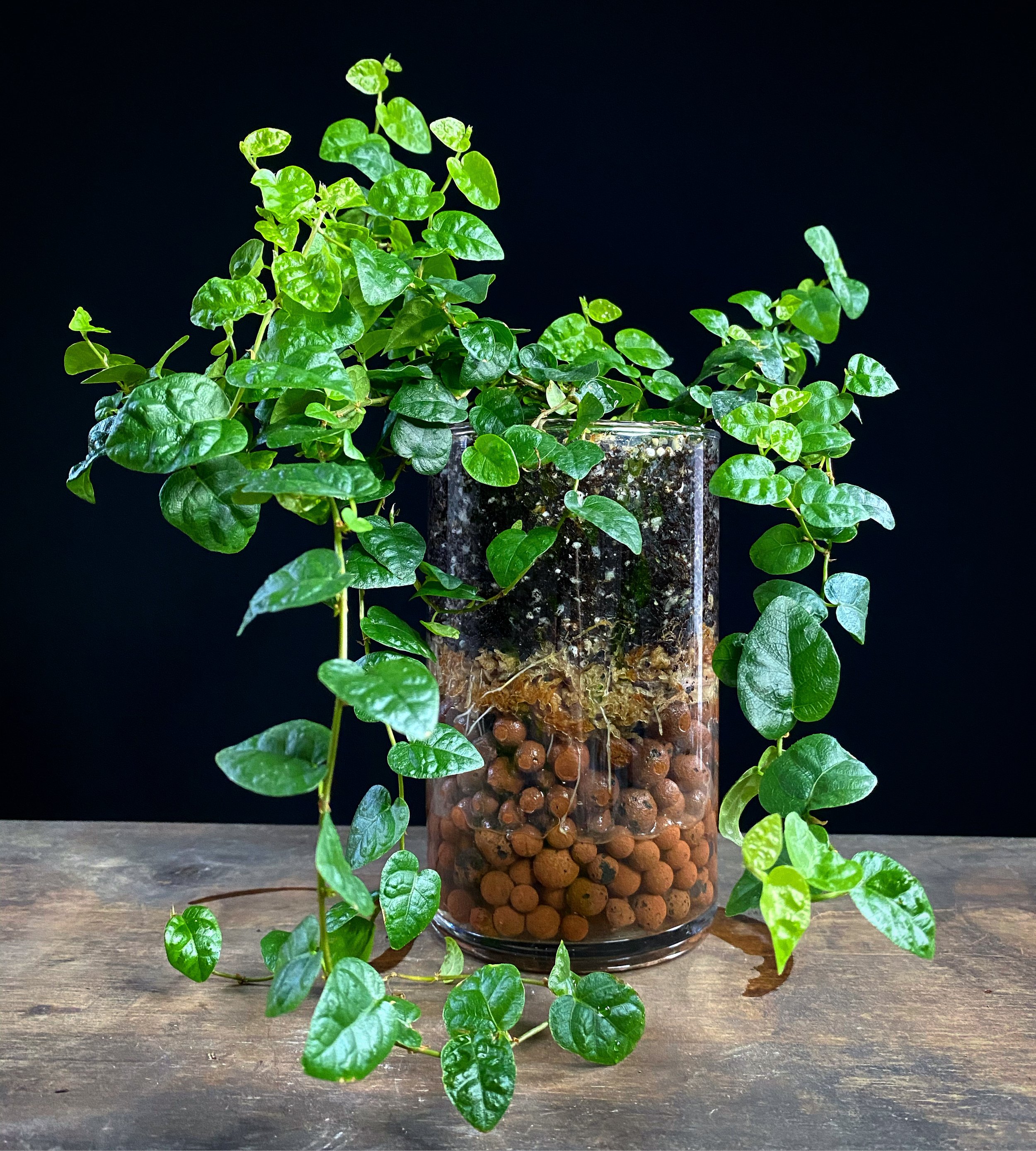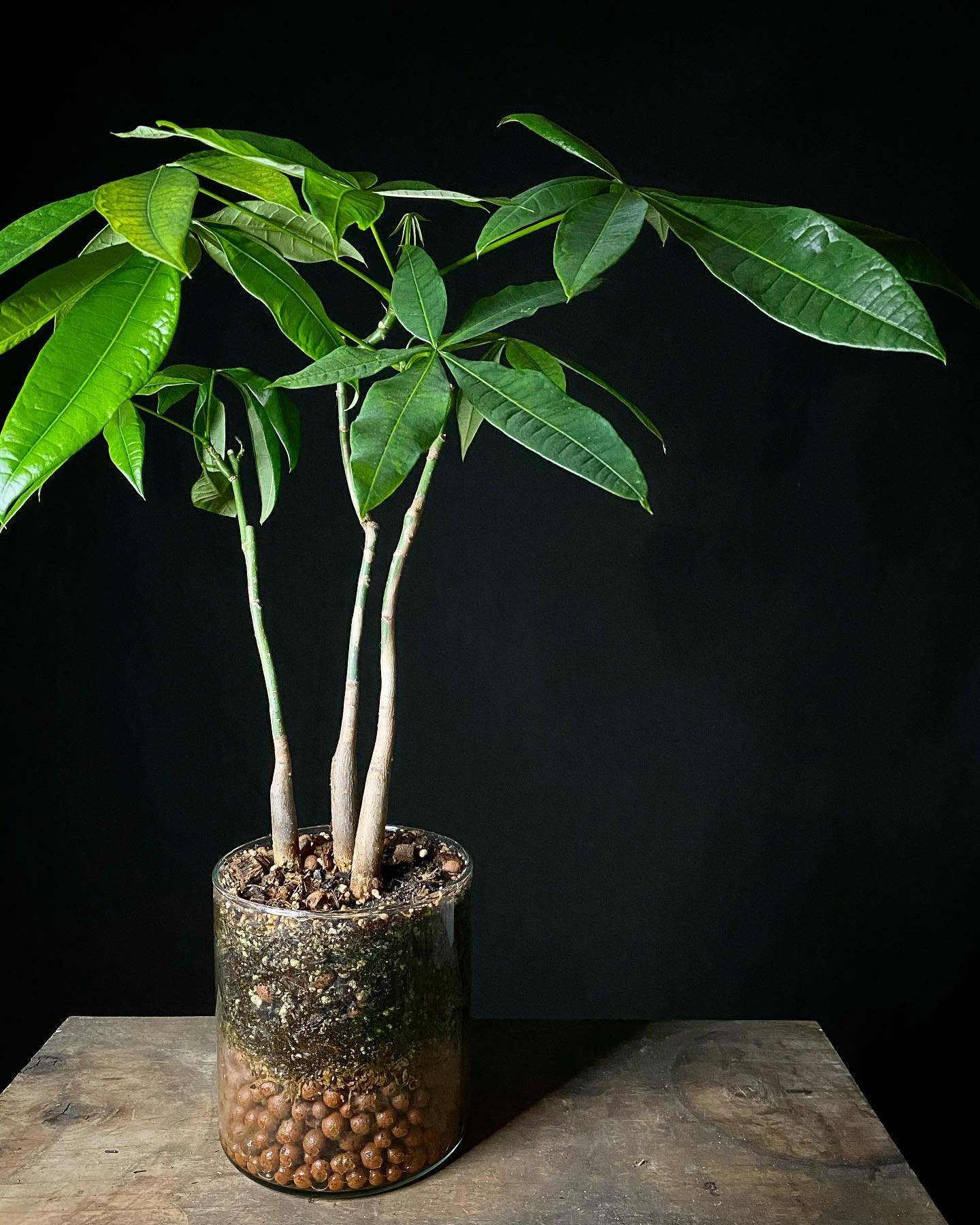Ep. 113 - Choosing Pots
Chill 'n Chat
For this month's Chill 'n Chat, we dish about plant pots! (See what I did there? Thank you.)
We'll cover our dos and don'ts, how these fit into the broader care equation, and our tips for converting mugs and thrift store finds into vessels your plants will thrive in. Which kinds do we find most difficult? And what are our strangest pots? In a shocking twist, we even throw in some aesthetic opinions.
Mentioned in this episode:
the “equation” for successful growing of any plant
pot attributes that we seek out for specific plants
DIY planter ideas!
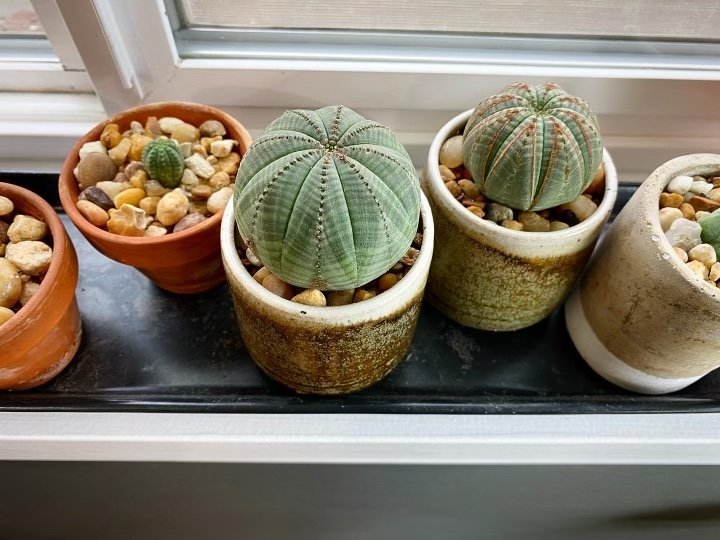

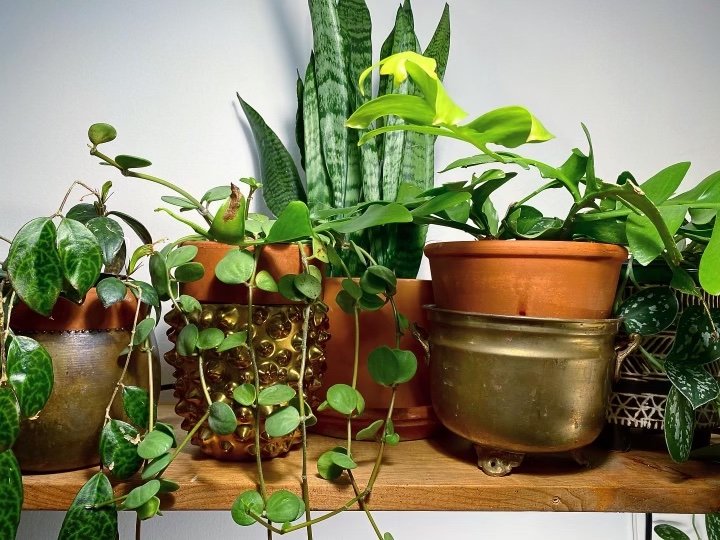
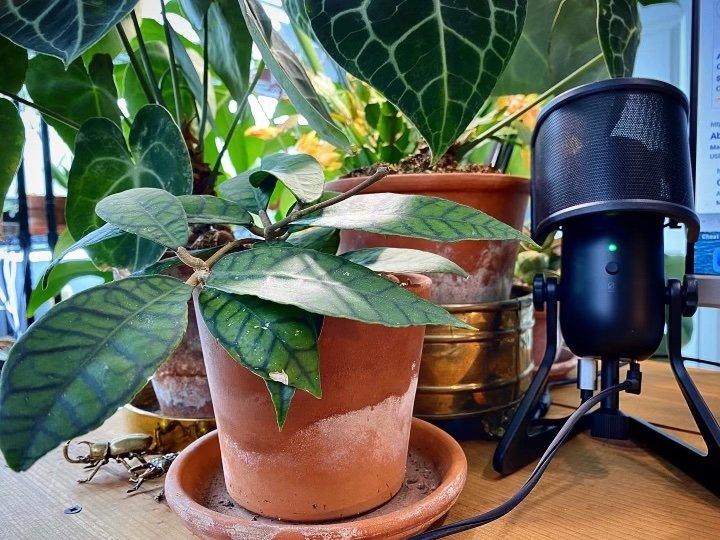
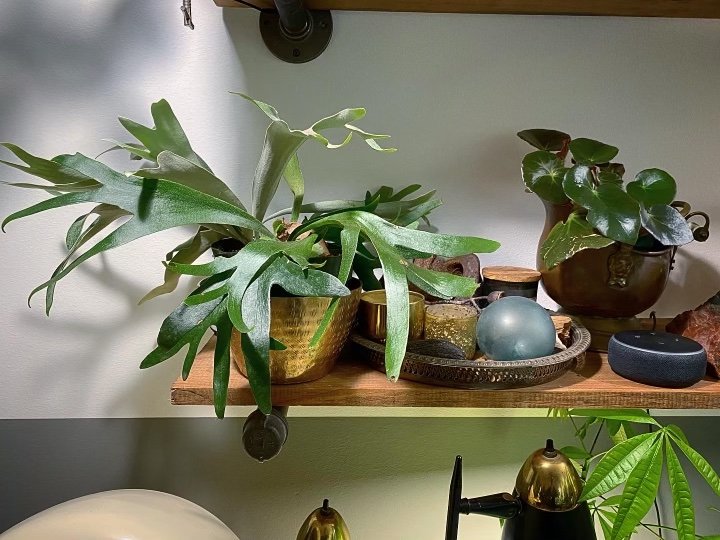
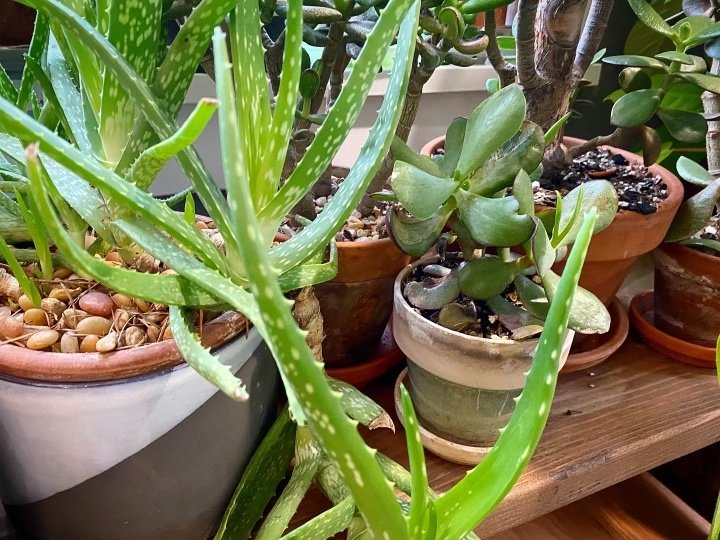
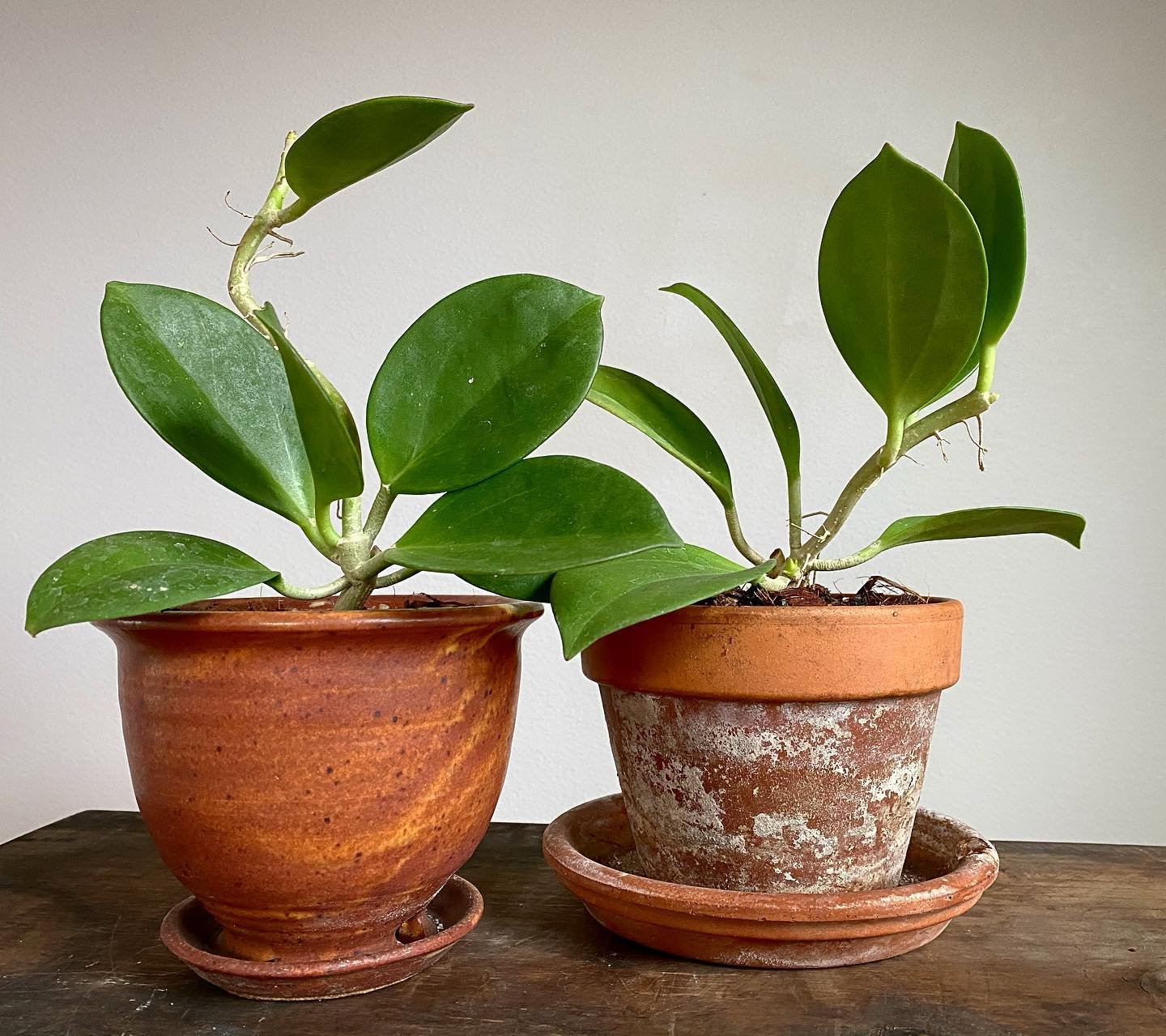
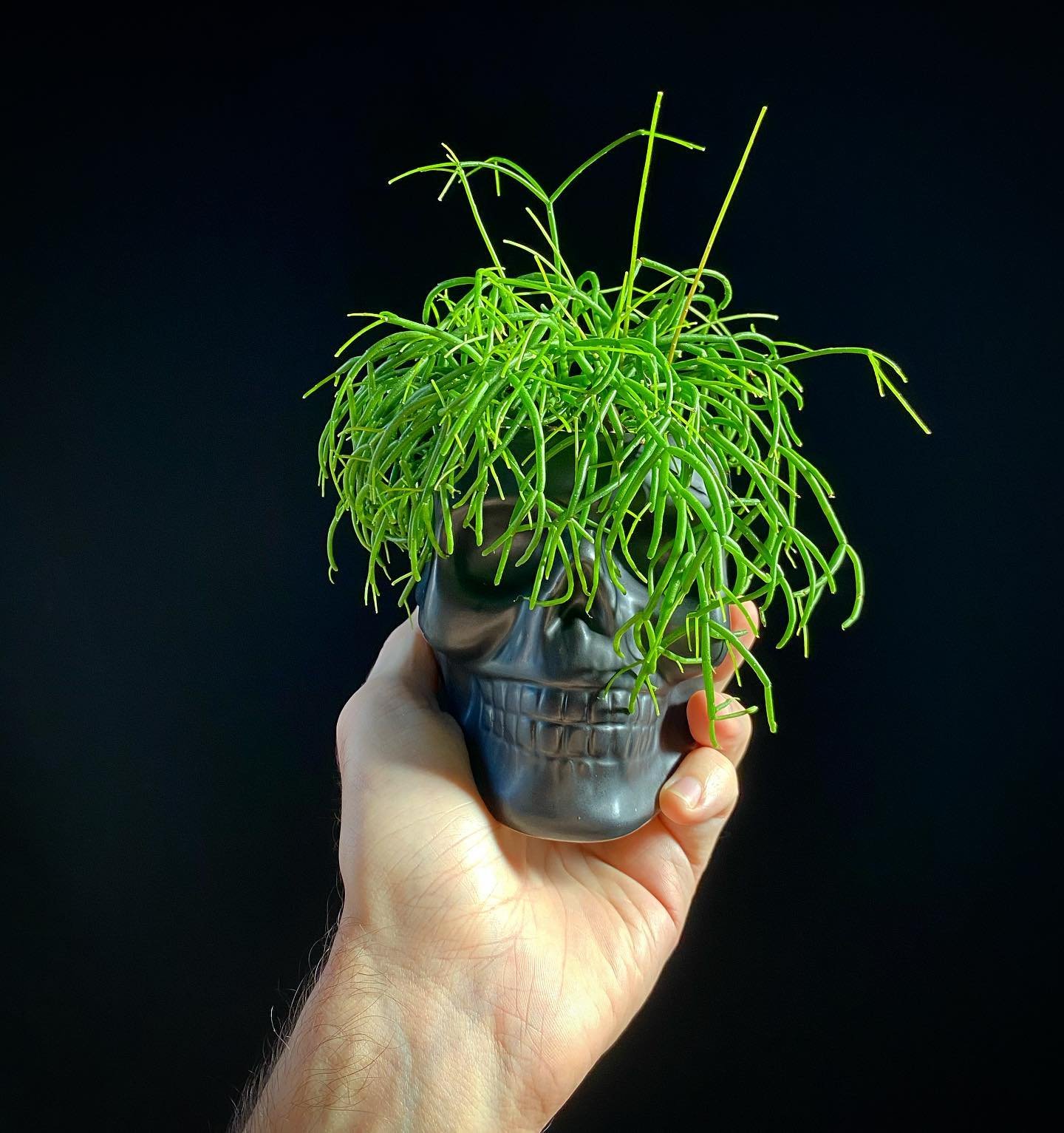
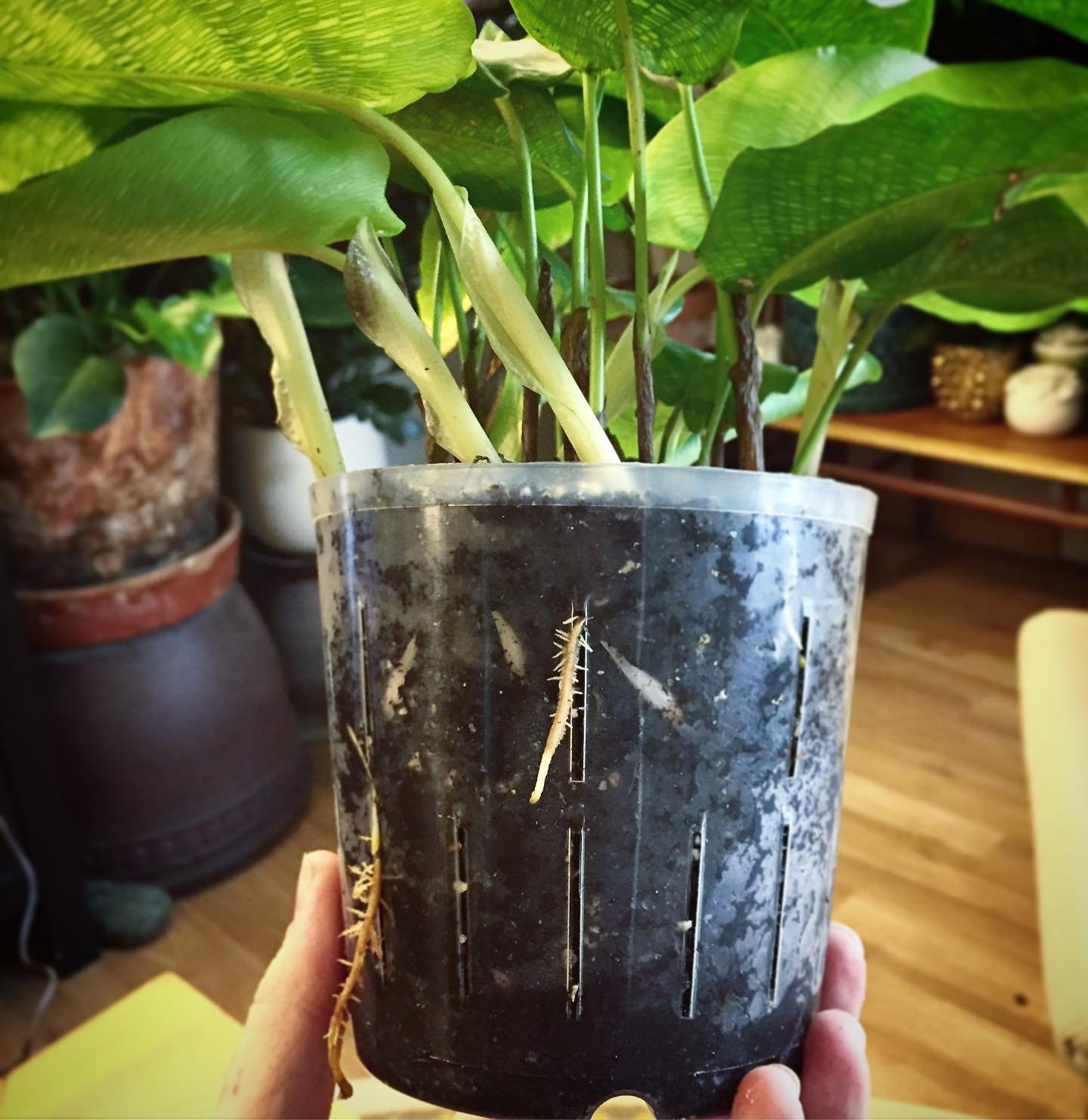
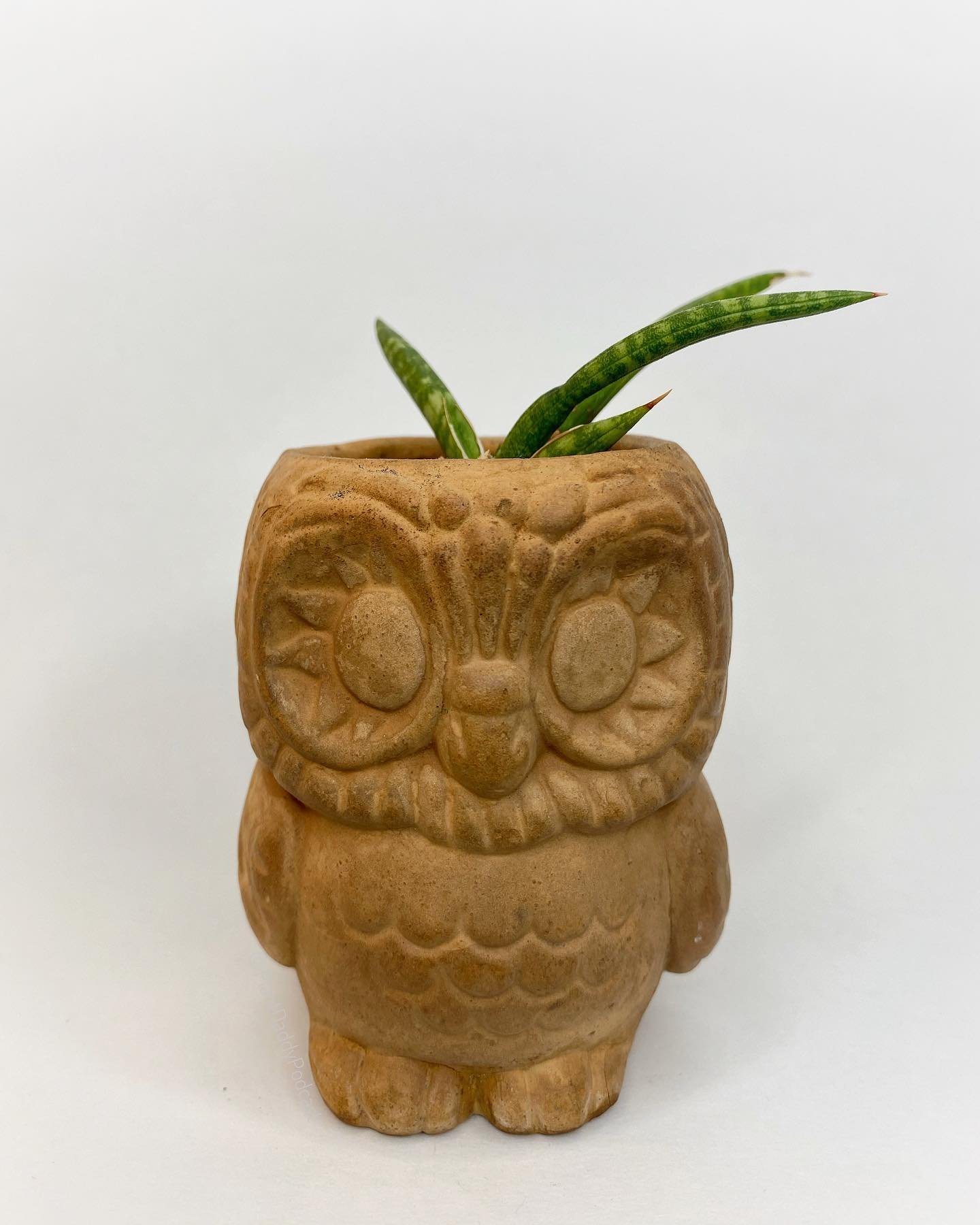

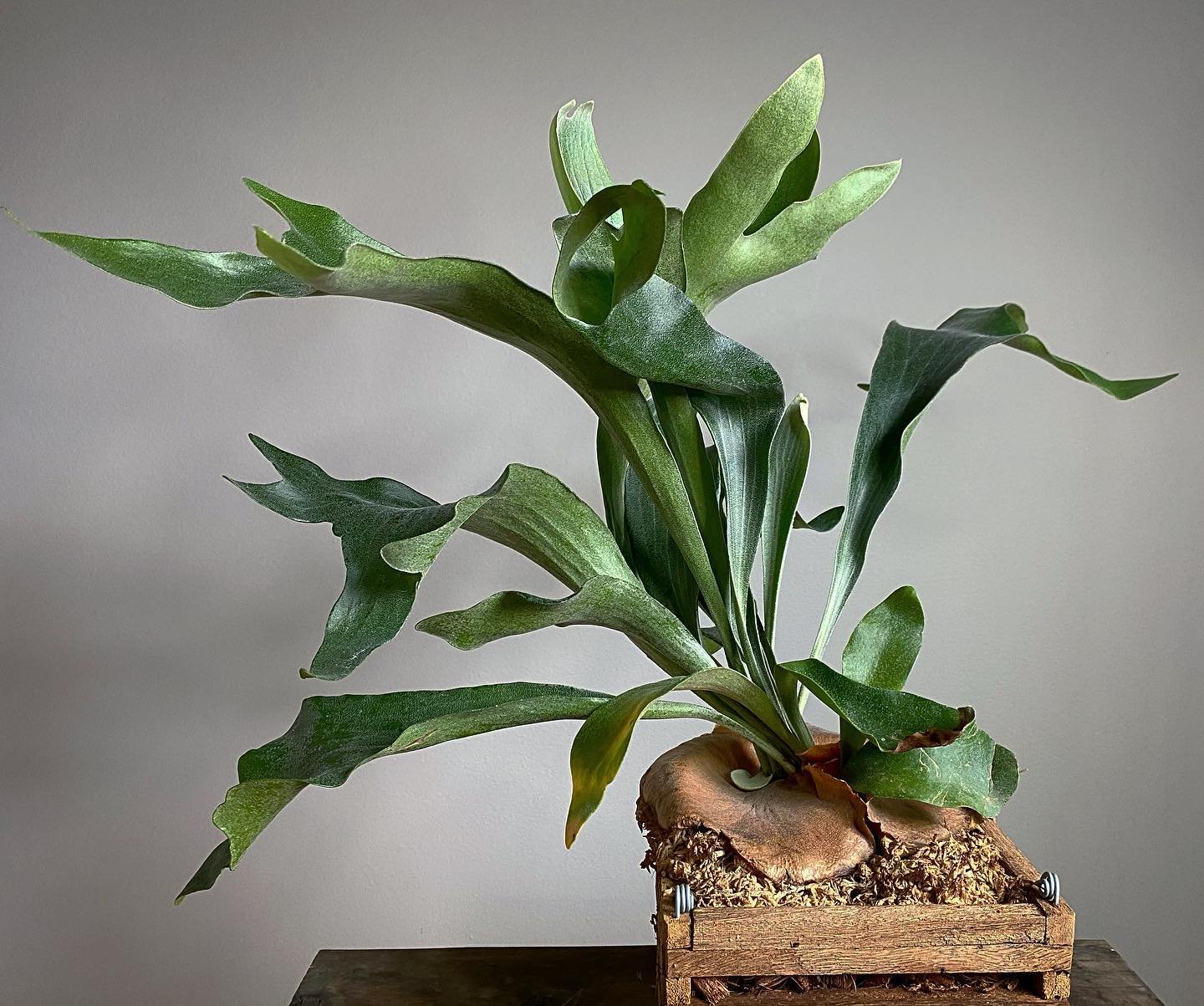

We both employ different strategies and materials when potting up our houseplants, from our most prized to the ones we simply have. But regardless of how much we value the plant in the pot, we always aim to balance the visual impact with practicality, to give the plant its best chance of growing well, simplify our care routine, and enhance the beauty they offer in our homes. Above are some photos that show our approaches with various plants - and bonus points if you notice anything we specifically covered in this episode!
Stephen likes to use unique, one-of-a-kind thrifted finds that he converts into planters, while Matthew uses dishes, shallow bowls, and brass vessels as cache pots or drainage saucers. Both are big fans of ceramic and glass drill bits that allow them to add drainage to containers that lack them, which opens up a lot of possibilities beyond pots designed specifically for plants.
For some of his more special or sensitive plants, Matthew also employs DIY-approaches to extend the time between watering, with the plants remaining consistently and lightly moist for longer periods. This can be achieved with self-wicking strategies using 1/4” cotton cording in DIY wine bottle vessels, pots suspended into deeper vessels that serve as water reservoirs, and glass vessels with layering similar to semi-hydro and terrarium techniques. To improve airflow to the roots and reduce the risk of mineral accumulation in a closed vessel, he often drills drainage holes in the glass at the top of the water reservoir.
